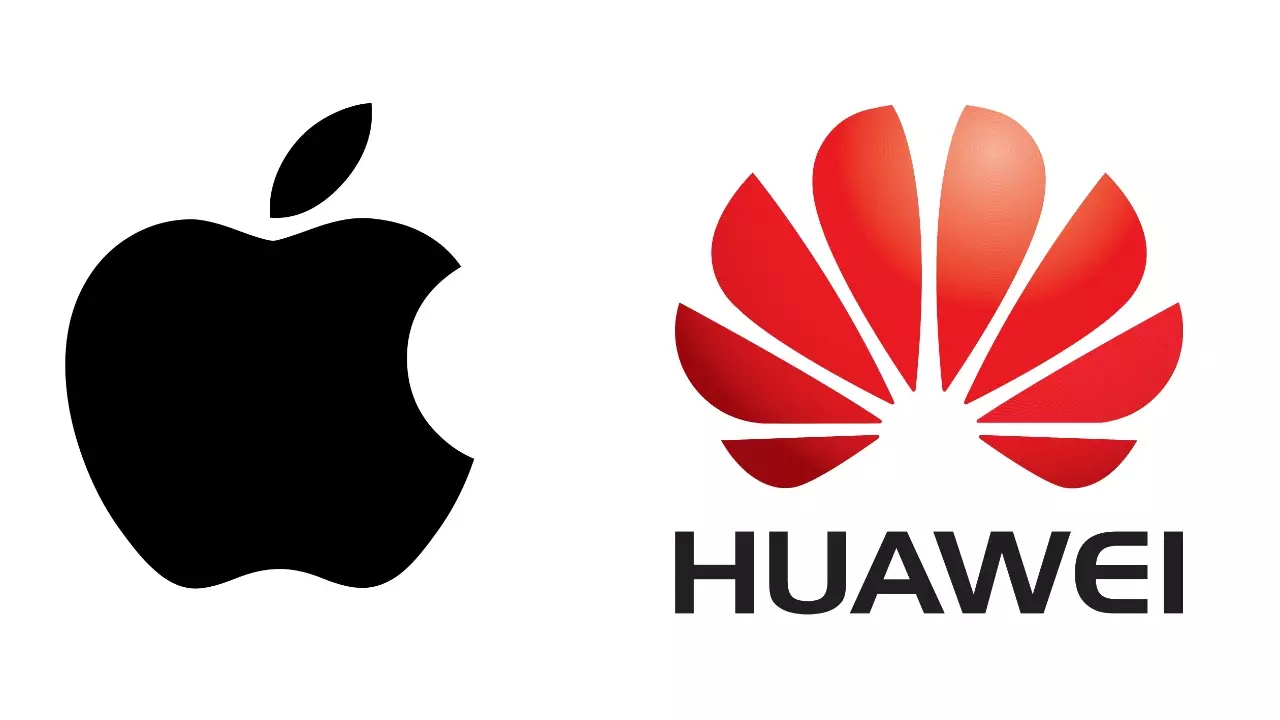The tech landscape experienced a significant shift following the U.S. government’s decision to restrict Huawei’s access to American technology and services. This move, primarily affecting Huawei, had an unforeseen consequence – a loss for Western consumers who were deprived of one of the most innovative tech giants of recent years.
Huawei: A Trailblazer in Smartphone Innovation
Huawei, once a formidable rival to Samsung in the Android arena and a significant competitor to Apple, was known for pushing the boundaries of innovation. The release of models like the P20 Pro in 2018 and the Mate 20 Pro showcased Huawei’s prowess, offering features and designs that often surpassed those of the more conservative offerings from Samsung and Apple. Huawei’s devices were not just products; they were statements of technological advancement.
The Impact of Huawei’s Absence
Since being placed on the blacklist, there’s been a noticeable shift in the industry. Samsung and Apple, without the fierce competition from Huawei, seem to have adopted a more conservative approach to innovation. Samsung’s recent updates, barring the exceptional Z Flip and Fold series, have been more incremental than revolutionary. Similarly, Apple has maintained a consistent design over several generations, focusing on minor tweaks to cameras and processors.
Huawei’s Legacy of Innovation

Huawei was at the forefront of introducing groundbreaking features: Night Mode, advanced silicon, X10 cameras, and reverse wireless charging. Their innovations in camera technology, like the periscope camera, RYYB sensor, and monochrome technology, set new standards in mobile photography. The question remains: what more could Huawei have achieved with unrestricted access to global technologies and collaborations?
The User: The Ultimate Loser
Despite significant strides from companies like Samsung and Apple, the lack of competition from Huawei has had a tangible impact. Samsung’s advancements in AI and Qualcomm’s superior silicon are commendable, but the diversity and competitive pricing driven by robust competition are missed by consumers.
Apple’s Continued Innovation
Despite the reduced competition, Apple has not been complacent. The introduction of Apple Silicon marked a significant leap in performance and energy efficiency for their range of devices. The Apple Watch, another innovation under Tim Cook’s leadership, has evolved to become a vital tool for health, sports, and seamless iPhone integration.
Conclusion: Competition Drives Innovation
The absence of a key player like Huawei from the global market underscores the importance of competition in driving innovation and offering consumers the best value. While Apple and Samsung continue to innovate, the diversity and rapid technological advancements seen during Huawei’s peak are sorely missed.

